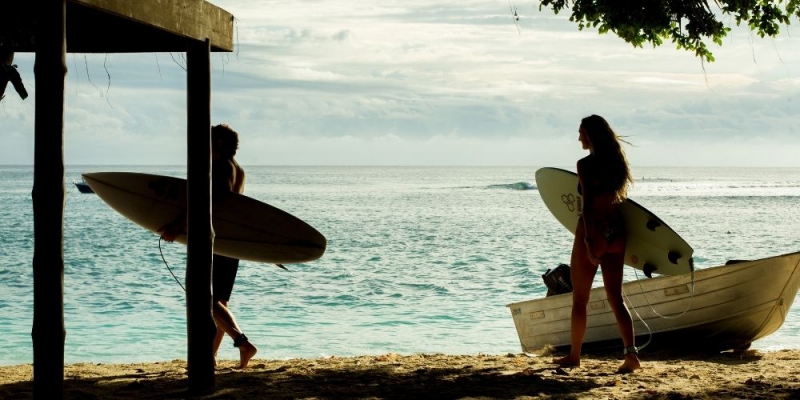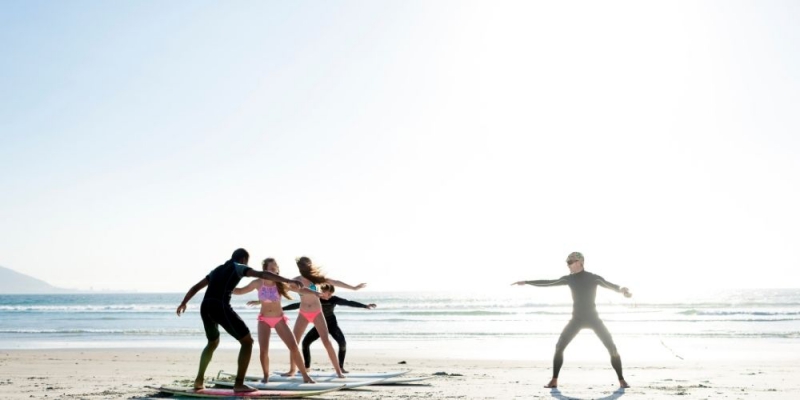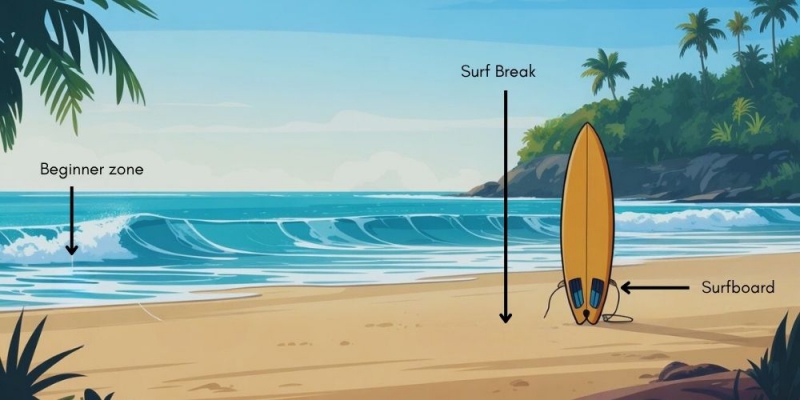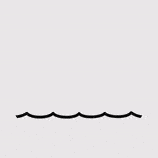It’s a question that comes up for almost everyone who’s ever dreamed of catching a wave. Whether you’re someone who’s only seen surfing in movies or you’re already thinking about renting your first board, these are important and valid questions to ask. Surfing is often regarded as one of the most exhilarating water sports, but with its thrills also come fears. The ocean is powerful, the waves unpredictable, and let’s face it, standing up on a moving board looks a bit wild!
So let’s break it down.
According to most experienced surfers and instructors, the answer is NO — surfing is not too difficult to learn, nor is it dangerous, if you follow the basics, stay disciplined, and understand the ocean.
This guide will walk you through the realities of learning to surf, the risks involved, and how to approach the sport with the right mindset. So grab a cup of something warm, sit back, and get ready to ride your first wave mentally for now.
The Learning Curve of Surfing
Like any new skill, surfing comes with a learning curve. And yes, in the beginning, it can feel frustrating. You’ll wipe out a lot. You’ll paddle endlessly and maybe wonder if you’re getting anywhere. But don’t worry, that’s normal.
Unlike sports that take place in predictable environments (like a basketball court or gym), surfing is unique because your playing field is constantly moving and changing. Every wave is different. Wind conditions shift. Tides rise and fall. That’s part of what makes surfing so special and also why it takes time to learn.
Most beginners take anywhere from a few weeks to a few months to get comfortable. The first major milestone is learning how to:
- Paddle effectively
- Read waves
- Pop up on the board
- Maintain balance
- Safely wipe out
These steps can be mentally and physically demanding. But stick with it, and you’ll begin to understand how waves work, how your body moves with the board, and how to stay in sync with the ocean. If you’re unsure where to begin, check out our surfboard pop-up guide for beginners. It covers everything you need to know to get started on the right foot.
Tip: Don’t compare your progress to others. Everyone learns at their own pace, and surfing is as much about enjoying the process as it is about performance.
Is Surfing Dangerous?
This is the other big question and a fair one.
The ocean is powerful, and the idea of being thrown off a board or caught in a wave can be scary. But here’s the reality: surfing is only dangerous when approached recklessly.
Most surfing-related injuries happen when:
- People surf beyond their skill level
- Don’t pay attention to ocean conditions
- Use the wrong equipment
- Neglect basic safety rules
If you start slow, stay within your limits, learn from others, and respect the sea, your risk of injury is low.
To stay safe:
- Learn how to fall properly (don’t dive headfirst)
- Always use a leash
- Avoid crowded surf zones at first
- Check local surf conditions and forecasts
- Never surf alone as a beginner
Pro Tip: A surf instructor can make a huge difference in keeping you safe while learning the right techniques.
The Importance of Choosing the Right Surfboard

Let’s talk equipment specifically, the surfboard.
Choosing the right board is crucial in making your learning experience easier, safer, and more fun. A board that’s too small or too advanced for your skill level will only slow you down and add to your frustration.
For beginners, the best surfboard is:
- Longer (8–9 feet is ideal)
- Wider (for stability)
- Thicker (to help with buoyancy)
- Soft-top (for safety)
Think of it like training wheels. A larger, softer board makes it easier to balance, paddle, and catch your first waves. As you progress, you can gradually shift to shorter or more performance-oriented boards.
A famous quote from Abraham Lincoln goes, “Give me six hours to chop down a tree, and I will spend the first four sharpening the axe.” The same logic applies here: spend time choosing the right gear, and your surfing journey becomes much smoother.
Find a Mentor or Take a Lesson

There’s no rule that says you have to learn to surf on your own. In fact, having someone guide you, even just for your first few sessions, can save you weeks or even months of trial and error.
Mentors or instructors can:
- Teach proper technique from day one
- Help you avoid bad habits
- Explain how to read the ocean
- Boost your confidence
- Keep you safe
If you have a friend who surfs, ask them to join you. If not, book a beginner’s surf lesson at a local beach or surf school. Surf culture is famously welcoming, and most experienced surfers are happy to share advice with newcomers. You can also check out these 5 important surfing tips for beginners to get a quick head start before you hit the water.
Surf Spot and Wave Selection Matters

Here’s a golden rule of surfing: don’t go chasing big waves when you’re just starting out.
Picking the right surf spot is one of the most underrated factors in your surfing experience. Some breaks are mellow and perfect for beginners, while others are intense and meant for pros. Your choice of wave can make or break your day.
Look for surf spots that offer:
- Soft, rolling waves
- Sand bottoms (avoid rocky reefs at first)
- Smaller swell sizes (1–2 feet are perfect.
- A friendly beginner crowd
Incredible beginner destinations like surfing in Mentawai are popular for good reason; they offer gentle, manageable waves paired with breathtaking scenery and a vibrant surf culture that welcomes newcomers.
Before paddling out, ask around. Locals and instructors can tell you where to go, when to go, and what to avoid. And if you’re planning a getaway, don’t miss these helpful surf trip preparation tips to make your experience smooth from start to finish.
Tips to Stay Motivated Through the Process
Even though surfing is fun, it can be humbling. Don’t be surprised if you fall off your board 20 times in a row or paddle for what feels like hours with little progress.
Here are a few tips to stay motivated:
- Celebrate small wins: First time standing up? Huge win. First wave ride? Epic.
- Surf regularly: The more often you practice, the faster you progress.
- Record your sessions: Videos or notes can help track your growth.
- Join a surf community: Sharing the journey with others adds fun and accountability.
- Take breaks: Surfing is exhausting at first. Rest when needed; you’ll come back stronger.
And as you improve, learning how to read the waves becomes even more important. Don’t miss these beginner wave-reading tips to help you understand the ocean and choose the right waves with confidence.
Final Thoughts: It’s All About Discipline and Joy
Is surfing hard to learn? Sometimes.
Is it dangerous? Only if you skip the basics.
But with discipline, patience, the right equipment, proper guidance, and a healthy respect for the ocean, surfing becomes not only safe but truly life-changing.
Surfing isn’t just a sport; it’s a lifestyle, a meditative practice, a full-body workout, and a deep connection with nature all rolled into one. Few things compare to the feeling of gliding on a wave, sun on your skin, wind in your face, and nothing on your mind but the rhythm of the sea.
So if you’re thinking about learning to surf, go for it. Take your time, enjoy the process, and remember: every great surfer was once a beginner too.
And if you’re ready to take that first step in a truly unforgettable place, Hollow Tree’s Resort in Mentawai offers the perfect setting, friendly waves, expert guidance, and surf paradise all in one.
The ocean is calling. 🌊




